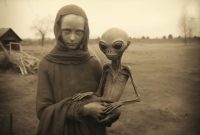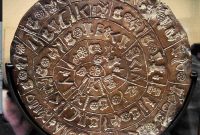The notion of extraterrestrial visitation has long captured the human imagination, and recent discussions have been fueled by claims of the appearance of alien flying saucers in ancient times. This intriguing concept suggests that beings from other worlds have been observing Earth for centuries, potentially influencing the course of human history. While the idea remains speculative, it has sparked debates about the interpretation of historical artifacts, ancient texts, and the possibility of advanced civilizations monitoring our planet.
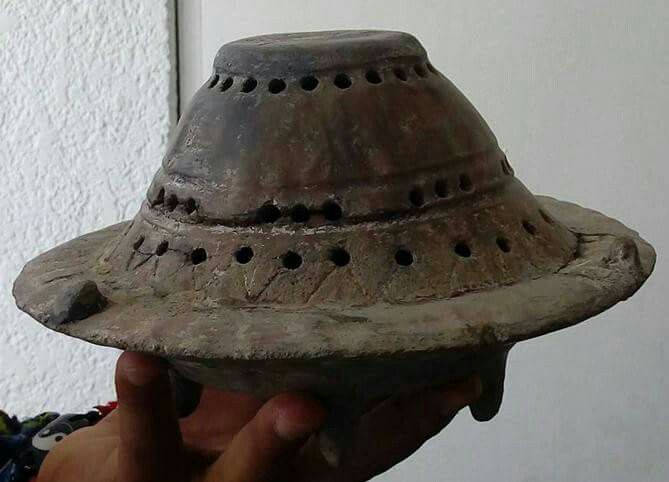
Claims of alien flying saucers appearing in ancient times often center around depictions found in ancient art, cave paintings, and religious texts. Proponents argue that these representations bear a striking resemblance to modern UFO sightings, suggesting a continuity of extraterrestrial encounters throughout human history. The interpretation of these ancient depictions as evidence of alien visitation opens a Pandora’s box of questions about the nature of these beings and their potential influence on human development.

One of the most discussed examples is the Vimana, mentioned in ancient Indian texts like the Mahabharata and the Ramayana. Described as celestial vehicles capable of traversing great distances and even engaging in aerial battles, some enthusiasts interpret these accounts as early descriptions of flying saucers or advanced spacecraft. Similarly, cave paintings in various parts of the world depict peculiar disc-shaped objects hovering in the sky, leading some to believe that ancient civilizations had direct encounters with extraterrestrial beings.
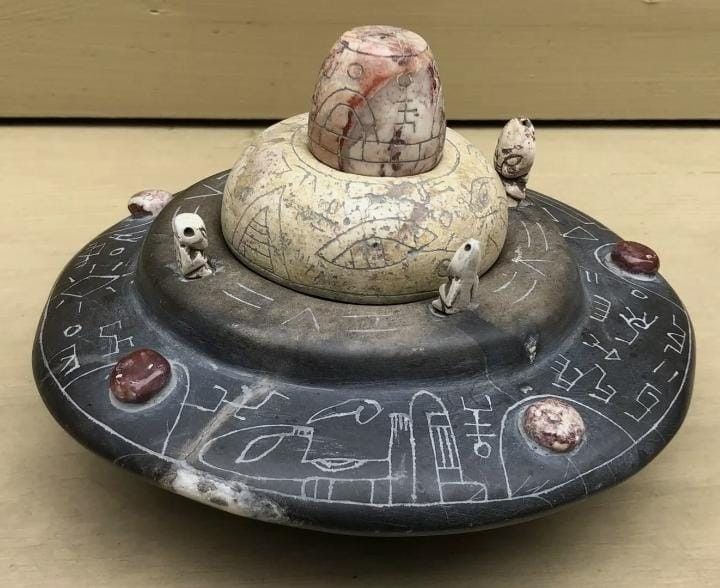
Skeptics, however, often attribute these depictions to cultural symbolism, mythological narratives, or misinterpretations of natural phenomena. They argue that ancient people used symbolic language to convey ideas or religious concepts, and what may appear as flying saucers could be representative of celestial or divine entities rather than advanced technological craft.
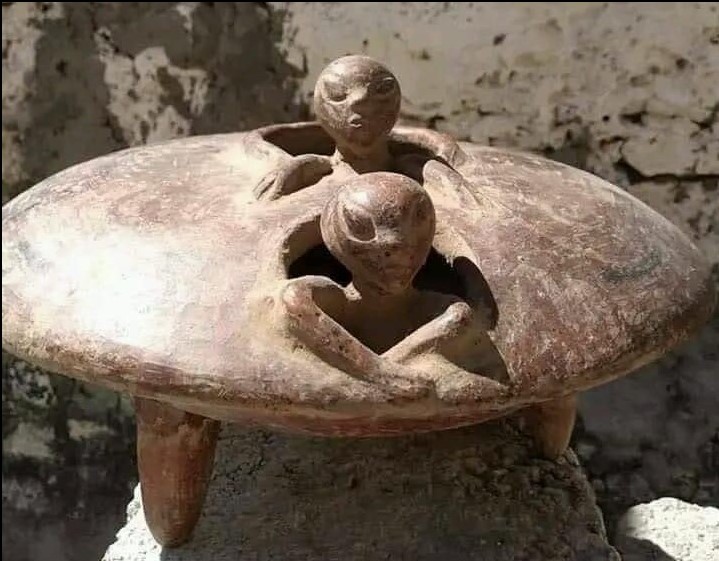
The appearance of alien flying saucers in ancient times has also been linked to the idea of ancient astronauts or ancient astronaut theory. This hypothesis suggests that extraterrestrial beings visited Earth in the distant past, imparting knowledge and influencing the development of human civilizations. Proponents argue that ancient monuments like the pyramids of Egypt or the Nazca Lines in Peru bear evidence of advanced technology beyond the capabilities of ancient societies.
As discussions persist, scholars and researchers continue to examine historical records and artifacts, seeking to unravel the mysteries surrounding alleged ancient UFO sightings. The debate raises broader questions about the interpretation of historical evidence, cultural symbolism, and the enduring fascination with the possibility of extraterrestrial life.
Whether one views these claims as evidence of ancient alien encounters or dismisses them as imaginative interpretations, the idea that alien flying saucers appeared in ancient times adds a layer of complexity to the ongoing exploration of humanity’s relationship with the cosmos. As technology and research methods advance, the quest for understanding our place in the universe, and the potential involvement of extraterrestrial beings in our history, continues to captivate the human imagination.


